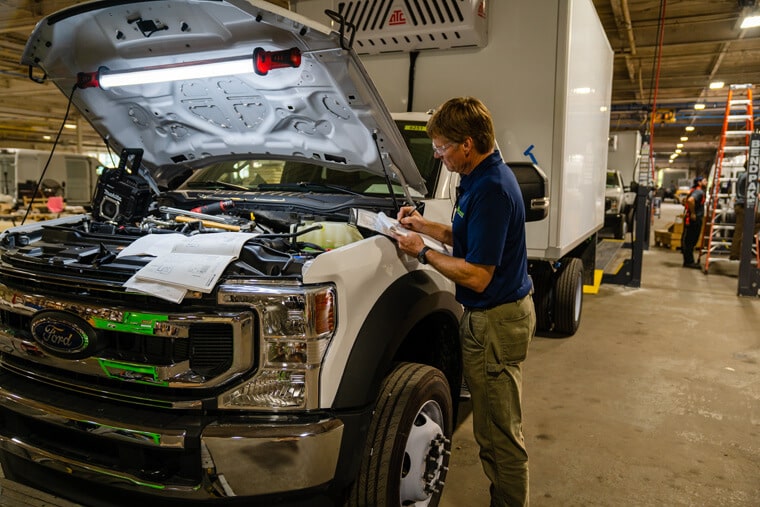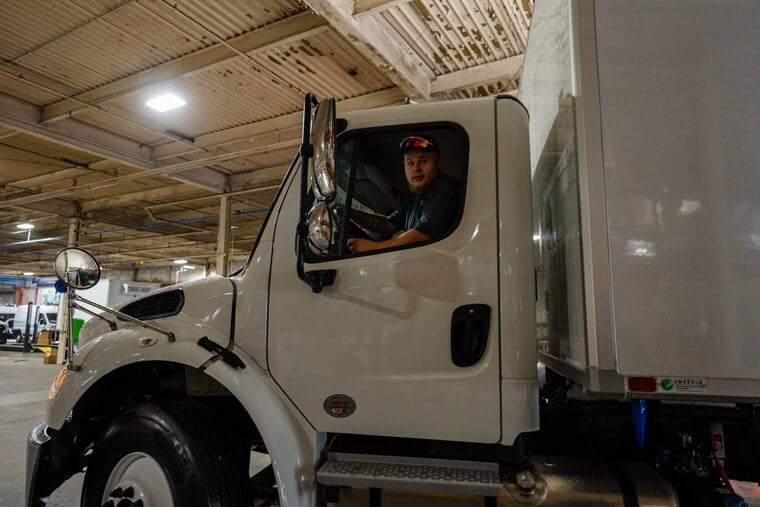
Best Practices for Starting a Meal Kit Delivery Business
Joe Dickman | February 23rd, 2021
It’s no surprise that people love convenience. Meal kit delivery businesses continue to gain popularity for this reason, especially given the current circumstances. Recently, people are mindful of how often they go to the store; meal kit deliveries help bypass this in these troublesome Covid-19 times. If you’re interested in learning the best practices for starting a meal kit delivery service, check out this guide.
Get Licenses and Insurance
Starting a new business is exciting, but make sure to get the proper licenses and insurance right away. This is essential to the success of your business. The first thing you should do is get a business license. There are plenty of resources available online to help with this process. There are also various licenses required for handling and distributing food. You should also investigate insurance for your business. It’s important to have insurance and the proper licenses prior to operating so you and your business are protected.
Develop a Brand Identity
It’s extremely important to develop a brand identity. This should reflect the company’s values and goals. You could make a mission statement and post it on your company’s website, for example. Another great idea is to make a social media account. This allows people to see posts about the business. You could advertise there for free by posting pictures of the meals or how-to videos. It’s important to develop a brand so people are loyal to your product instead of a competitor’s.
Invest in Transportation
One of the best practices for starting a meal kit delivery business is to invest in transportation. It’s best to have your own transportation to ensure meal kits delivered safely and correctly. Although it may seem easier to have another business deliver them, that approach results in more risk than reward. If you want the meal kit to arrive on time and in good condition, it’s best to invest in a refrigerated cargo van. This allows your business to deliver the meal kits directly to the consumer. They’ll enjoy how quickly and safely their food arrives. At Emerald Transportation Solutions, we’re your one stop shop for refrigerated vans. We have decades of experience in this industry, so we’re happy to answer any of your questions.
Related Articles
No related articles found.
Contact Us
Feel Free To Contact Us If You Have Any Questions
What does under DOT mean?
Questions regarding DOT requirements come up often. 10,000 lbs GVW (gross vehicle weight) and over are commercial vehicles that fall under the Department of Transportation regulatory requirements.
What is the difference between GVW and payload?
GVW or Gross Vehicle Weight is the entire weight of the vehicle including the payload. The payload weight represents the amount of cargo you are hauling.
What is a self-powered unit and a vehicle-powered unit?
A self-powered unit has its own fuel source and will run independent of the truck. This is the heaviest and most expensive option. While vehicle-powered units run off the engine via a compressor mounted on the engine. These are less expensive and lighter in weight but you must run the truck or plug the electric standby into shore power.
What does K-factor mean and why is that important?
K-factor is a term that stands for the overall insulating value of the container (truck body). Quite simply the lower the K-factor the better the truck body will be able to maintain a given temperature and require less energy to do so.
How much lighter is a Poly Van vs a US spec body?
Poly Van bodies are very light. On average we estimate we are 75-150 lbs per foot lighter than a traditional sheet and post foamed in place body. These weight savings translates to less fuel burn and less CO2 emissions, along with added payload, the most important benefit.



